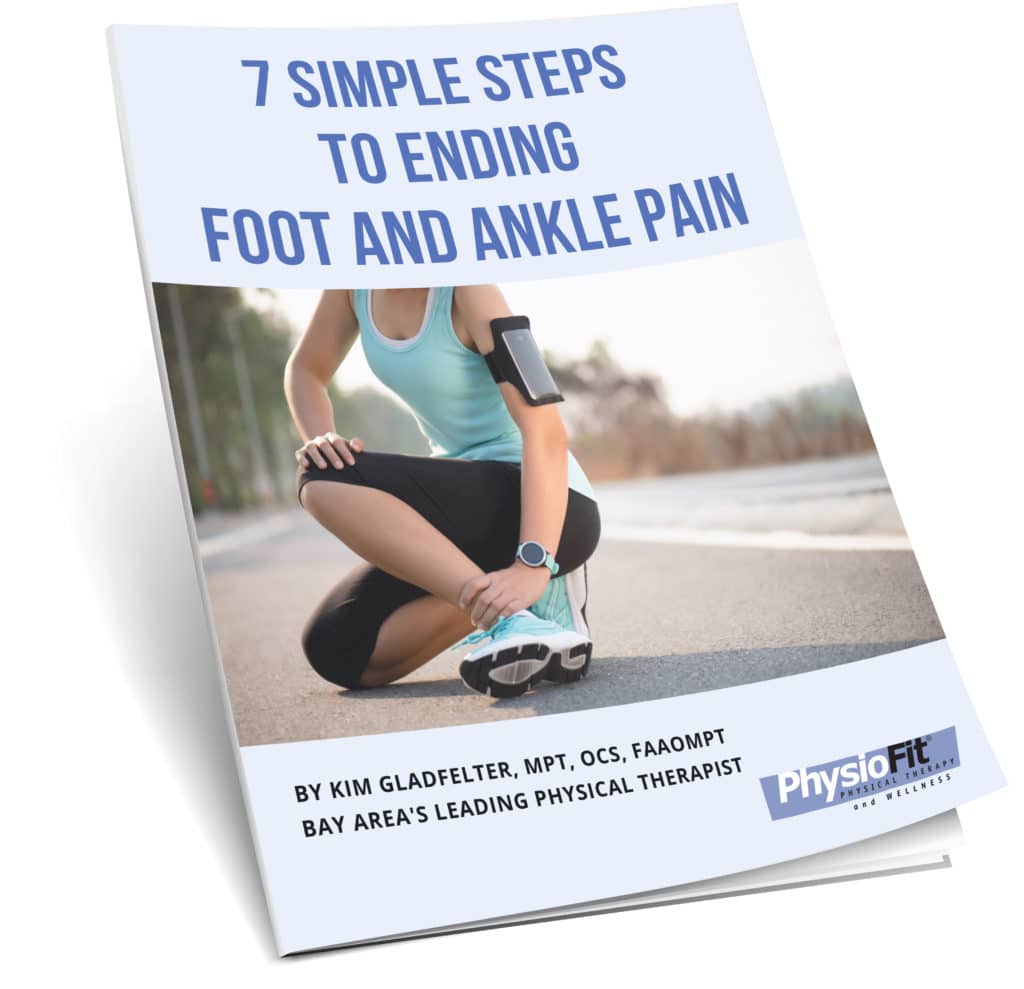 Understanding Your Ankle Sprain
Understanding Your Ankle Sprain
A sprained ankle is a very common injury, with approximately 25,000 people—athletes and non-athletes, children and adults—experiencing it each day. An ankle sprain affects the ligaments, tough elastic bands of tissue on the outside of the ankle that connect the ankle bones to each other and protect the ankle joint from abnormal movements, such as twisting, turning, and rolling of the foot. When a ligament stretches beyond its normal limit, a sprain occurs. All in all, if handled incorrectly, 40% of patients with ankle sprains will develop chronic ankle instability. This chronic instability makes you far more likely to reinjure your ankle.
Grade I Ankle Sprains (Mild)
These sprains occur when the ligaments are overstretched, but only a small number of fibers are torn. The ankle becomes tender and swollen. The injury will heal by itself with R.I.C.E.—Rest, Ice, Compression, and Elevation. But, the ankle may be more susceptible to re-injury. Some individuals may need to wear an ankle brace during strenuous activity.
Grade II Ankle Sprains (Moderate)
With these sprains, the ligament is partially torn, but with more fibers involved than grade I. Grade II sprains contain, swelling, bruising, extensive pain, difficulty bearing weight, and joint instability. People with grade II sprains should see a doctor, who may prescribe a splint or Aircast and crutches to immobilize the ankle and minimize ankle stress. Nonsteroidal anti-inflammatory drugs, if your doctor agrees, can reduce swelling and alleviate pain. In some cases, prescription pain medications may be needed to provide adequate relief.
Grade III Ankle Sprains (Severe)
This is when the ligament is completely torn, causing severe pain, widespread swelling & bruising, loss of joint function, and an inability to bear weight. People with grade III sprains should follow the R.I.C.E. principles and seek medical attention as soon as possible. Cast immobilization is sometimes required to minimize ankle stress, but surgery to repair the ruptured ligament is rarely necessary.
Ankle Sprain Recovery
For grade I and grade II ankle sprains, starting a two- to six-week rehabilitation program after the first 48 hours is crucial. Doing so will help promote healing, reduce pain, and swelling, and strengthen the ligament. For grade III sprains, a rehabilitation program can be administered and undertaken with care after four weeks and continued over a six-week period. Whatever the severity of your sprain, we can create an individual program of rehabilitation exercises to enable you to resume normal activity.
For more tips like this to help ease ankle pain click here to get your free copy of my foot and ankle pain report which reveals 7 ways to end it to help get you exercising again within days.
Or click the button below:
 Download your free guide: “7 Simple Steps to Ending Foor and Ankle Pain”
Download your free guide: “7 Simple Steps to Ending Foor and Ankle Pain”
Our quick and easy-to-follow guide is to get you started on the right path toward a pain-free life.
 ABOUT THE AUTHOR
ABOUT THE AUTHOR
Kim Gladfelter, MPT, OCS, FAAOMPT
Women's Health Physical Therapy Specialist at PhysioFit Physical Therapy & Wellness
Kim Gladfelter is a physical therapist, Pilates instructor, educator, author, and co-founder of PhysioFit Physical Therapy & Wellness. She is known as a keen, well-rounded expert of healing through movement and women’s health specialist in the Silicon Valley area.
Kim has helped men and women of all ages to stay active and feel their best. She also writes about managing pain in her health columns, blogs and the local Los Altos Town Crier newspaper as well as reaches out to the local community, support groups, schools, libraries, and sports centers to advise and educate on body awareness and therapeutic exercise.

 Los Altos, CA
Los Altos, CA

 Understanding Your Ankle Sprain
Understanding Your Ankle Sprain
